What does your household dust look like under a microscope
Categories: Microworld | Science
By Pictolic https://pictolic.com/article/what-does-your-household-dust-look-like-under-a-microscope1.htmlLet's find together the answers to the most important questions of our time that torment the citizens. For example, we simply have to find out where dust comes from in our apartments, what it looks like and what it consists of. In March and April, citizens suffer from household allergies. As told in the laboratory "Invitro", an allergic analysis of household dust is one of the most popular among citizens at this time of the year.
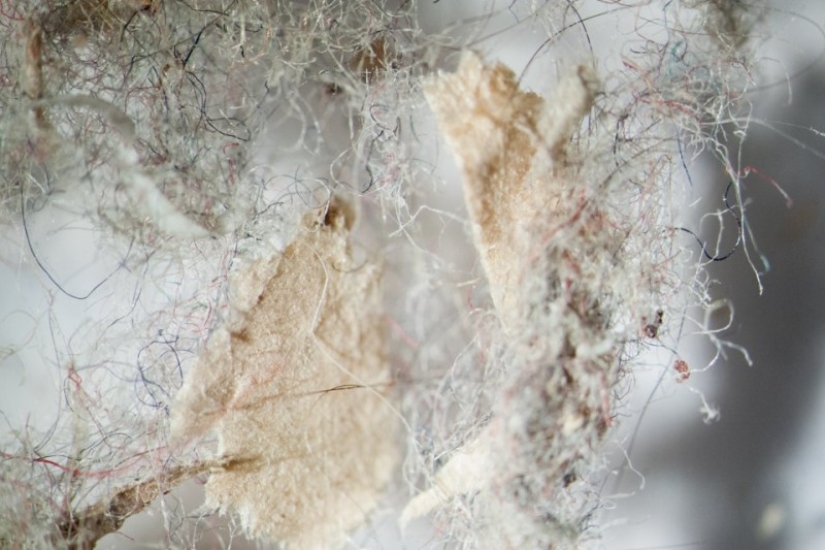
We asked the staff and friends of the editorial office to poke around behind grandma's cabinets, scratch the floor and look into the carpet fibers to see what constantly surrounds us. To take a closer look at the dust, we used the Micromed 3 LUM LED LED fluorescent microscope and the MSP-1 stereoscopic microscope (a 3C variant with a Canon 5D camera), which give an increase of 250-400 times.
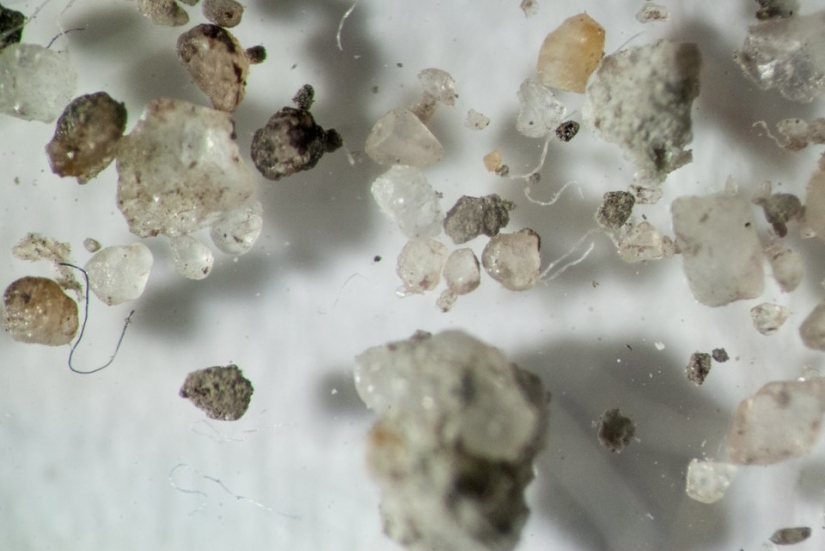
The owners of a two-room apartment, holding a corgi dog, collected dust from the floor at the front door.
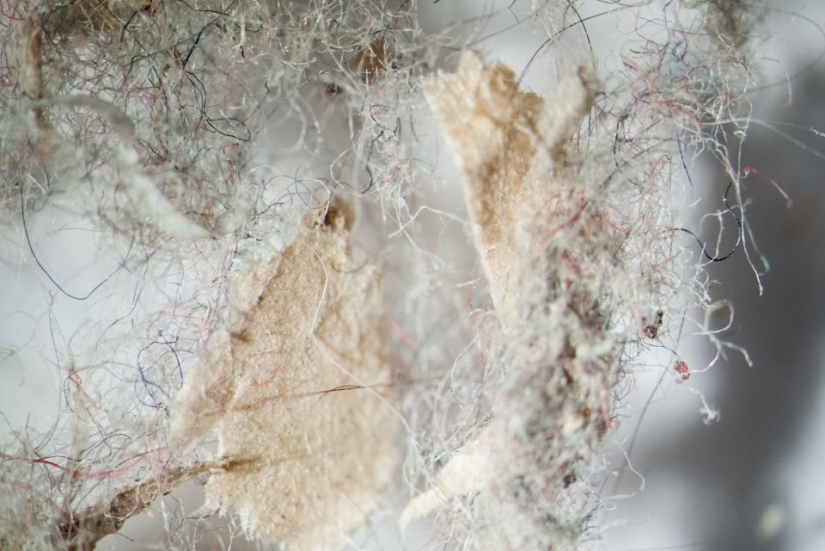
The sample was extracted from my grandmother's apartment with a lot of accumulated things. The dust was taken from behind a bookshelf, behind which all sorts of boxes for all occasions are stored. The dust itself is at least six years old.
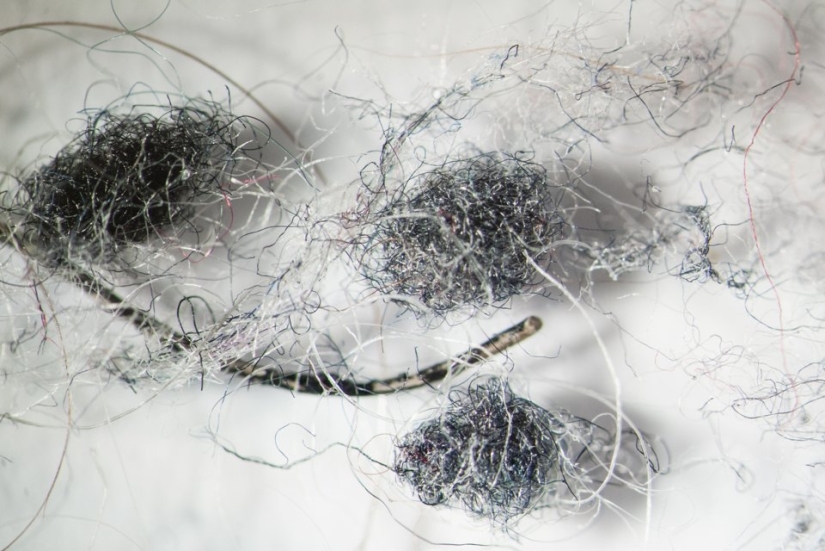
A high—rise building in the back of the courtyard, the windows of which overlook the square, and the windows have double-glazed windows. The room has a minimum of furniture: a bookcase, a desk, a bed, an armchair. Dust is collected from bookshelves, the floor and the IKEA long-haired carpet on the floor.
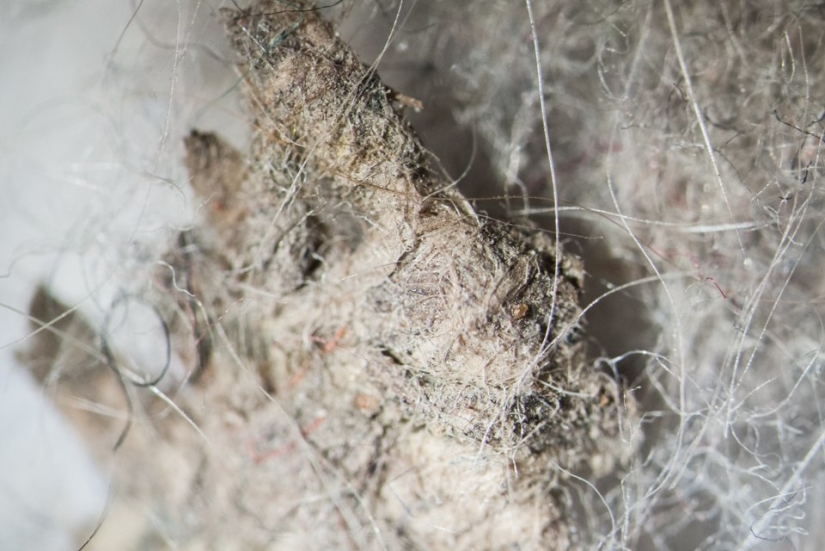
The dust was collected immediately after the housekeeper's visit, so I had to be smart. Thickets of this rare dust were found behind the battery: apparently, they have not been touched since the early 2000s.
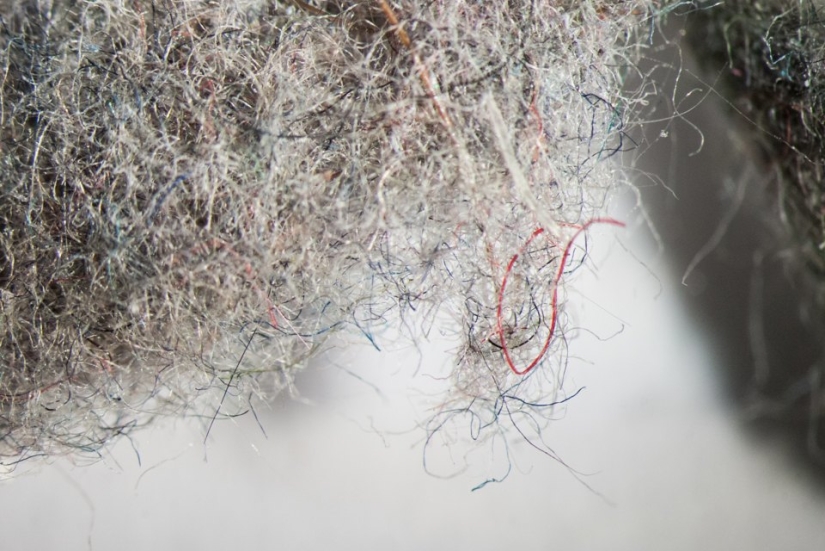
The library is located in a corridor where there are no windows. The owner does not remember vacuuming books, at least for the last ten years. A year ago, the windows were changed in the apartment, so there may be a small amount of cement dust.
Anna Kaznadzei, Biochemist, Employee of the Institute of Information Transmission Problems of the Russian Academy of Sciences:
Sergey Sysoev, Leading expert of EcoStandard Group:
"It will not be possible to completely get rid of dust: it will always have both internal and external sources. A person brings dust with his outer clothing; according to statistics, for example, about 100 hairs a day fall out of the person himself. There are also elements of wallpaper, suspended slabs, paper, and other fibers in the dust. If there are pets in the apartment, their fur will be in the dust. (Probably, there are no pets that would not increase the amount of house dust, except for aquarium fish.) An additional source of dust is domestic plants. The soil in the pots is in constant humidity, so colonies of fungi and bacteria can start there.
It is logical to assume that in an apartment where the walls are painted, without wallpaper, where there are no carpets, curtains and a library of books, there will be much less dust. Once a month, disinfection should be carried out in the apartment: wet cleaning of all surfaces (including furniture) using disinfectants. In our experience, allergies are more often caused by volatile organic compounds (formaldehyde, chloroform, ethylbenzene), the source of which is poor-quality furniture, construction and finishing materials.
There is most dust on the street from car tires: pieces of rubber get into the air, and from there — into the room. In summer, this car dust can rise quite high due to the fact that the asphalt heats up during the day, and there is no such flow at night.
There is a common misconception that to get rid of dust, it is necessary to use an ionizing Chizhevsky lamp, which collects dust on itself. But this is not quite true: it does not remove dust, but magnetizes it and spreads it. To reduce dust, you can put a household HEPA filter: it can, for example, be installed in the ventilation system. Humidifiers also reduce the amount of dust, but their filters must be changed in time, and the humidifier itself must be washed with disinfectants. Otherwise, it can become a secondary source of a colony of fungi, which it will spray itself."
Recent articles

Twitter user @FactBuffet collects interesting facts about everything. Today we bring to your attention another series of facts that ...

Aomori Prefecture in the north of the Japanese island of Honshu is an agricultural region famous for its delicious apples. In ...

Imagine a baby vampire or a tiny zombie with glass eyes ... An artist from the USA Bean Shanine specializes in creating such ...